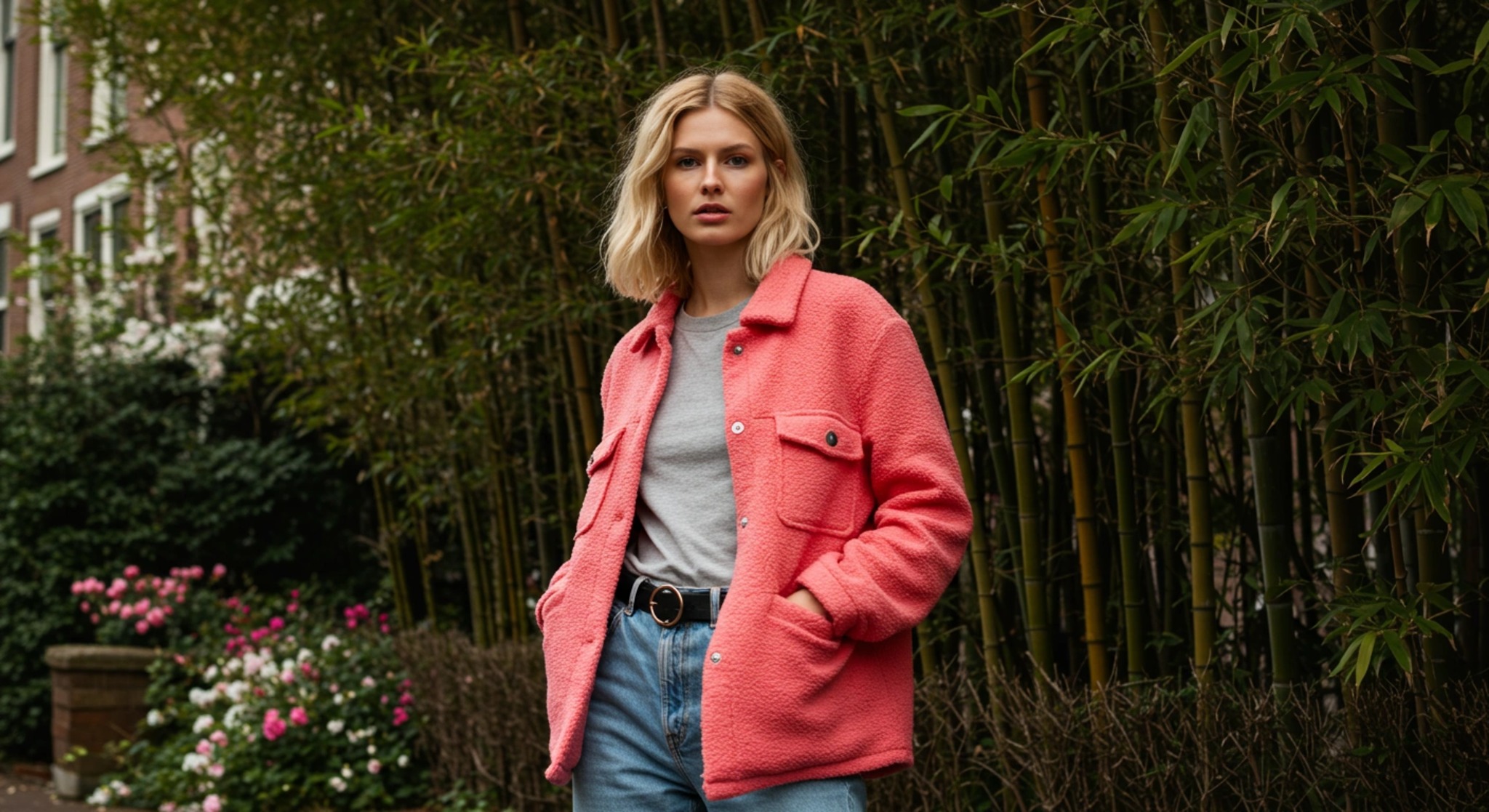
Promptography: Creating Photorealistic visuals with AI
While photographers have traditionally captured moments through light and lenses, a whole new breed of creators is now conjuring images through words alone. Welcome to promptography – where art emerges not from a camera, but from a text prompt fed to an AI.
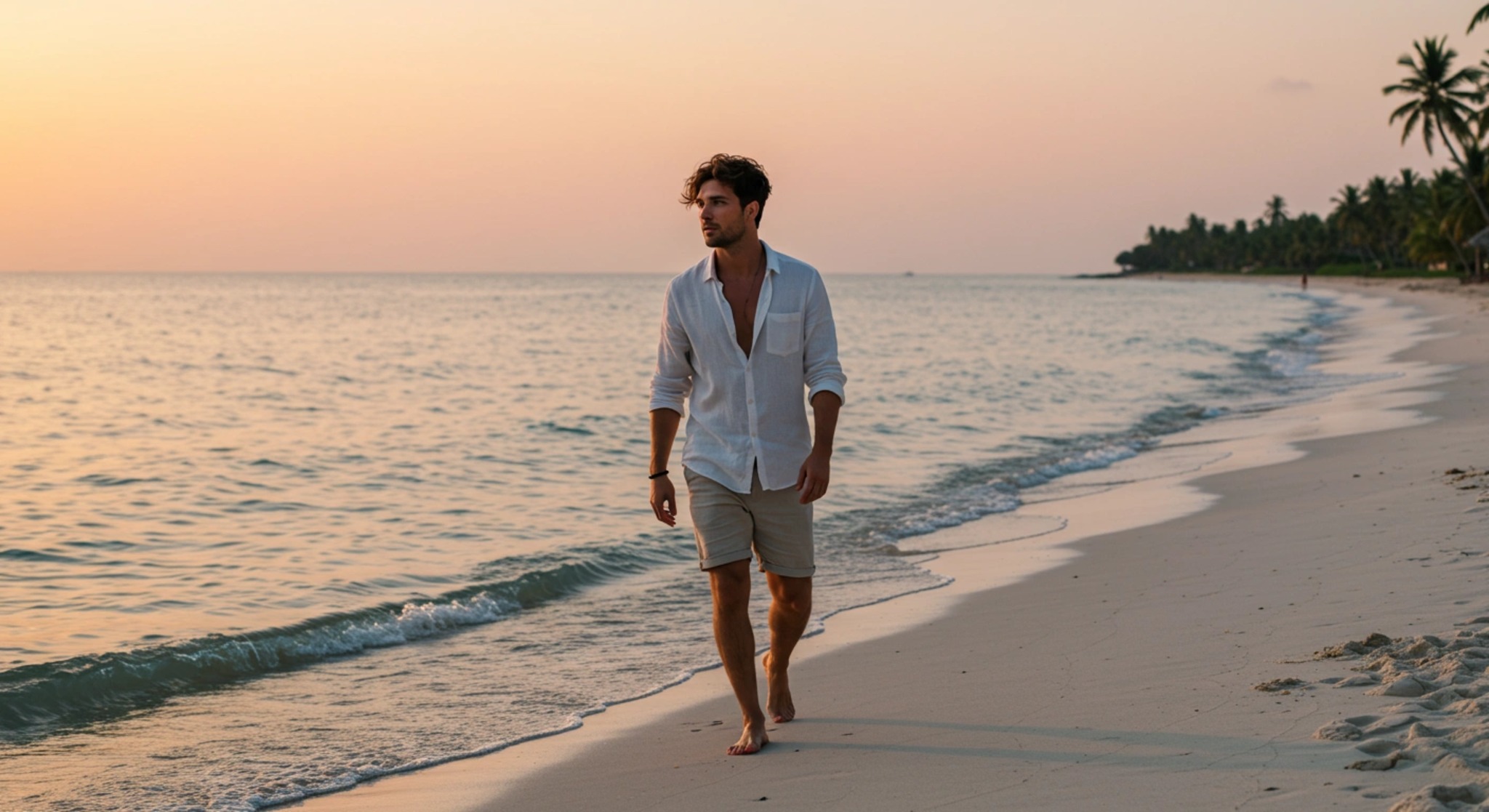
What Exactly Is Promptography?
It's a blend of "prompt" and "photography" – a new way of creating images by describing them to AI rather than capturing them with a camera. The term exploded in 2023 after German artist Boris Eldagsen turned down a Sony World Photography Award for his AI-generated image. His message was crystal clear: "AI is not photography." As he put it, "Promptography is done with prompts. Photography is done with light."
This moment sent shockwaves through the creative world. Today, thousands of people proudly call themselves "promptographers" on social media, embracing this strange new craft that sits somewhere between writing and visual art.
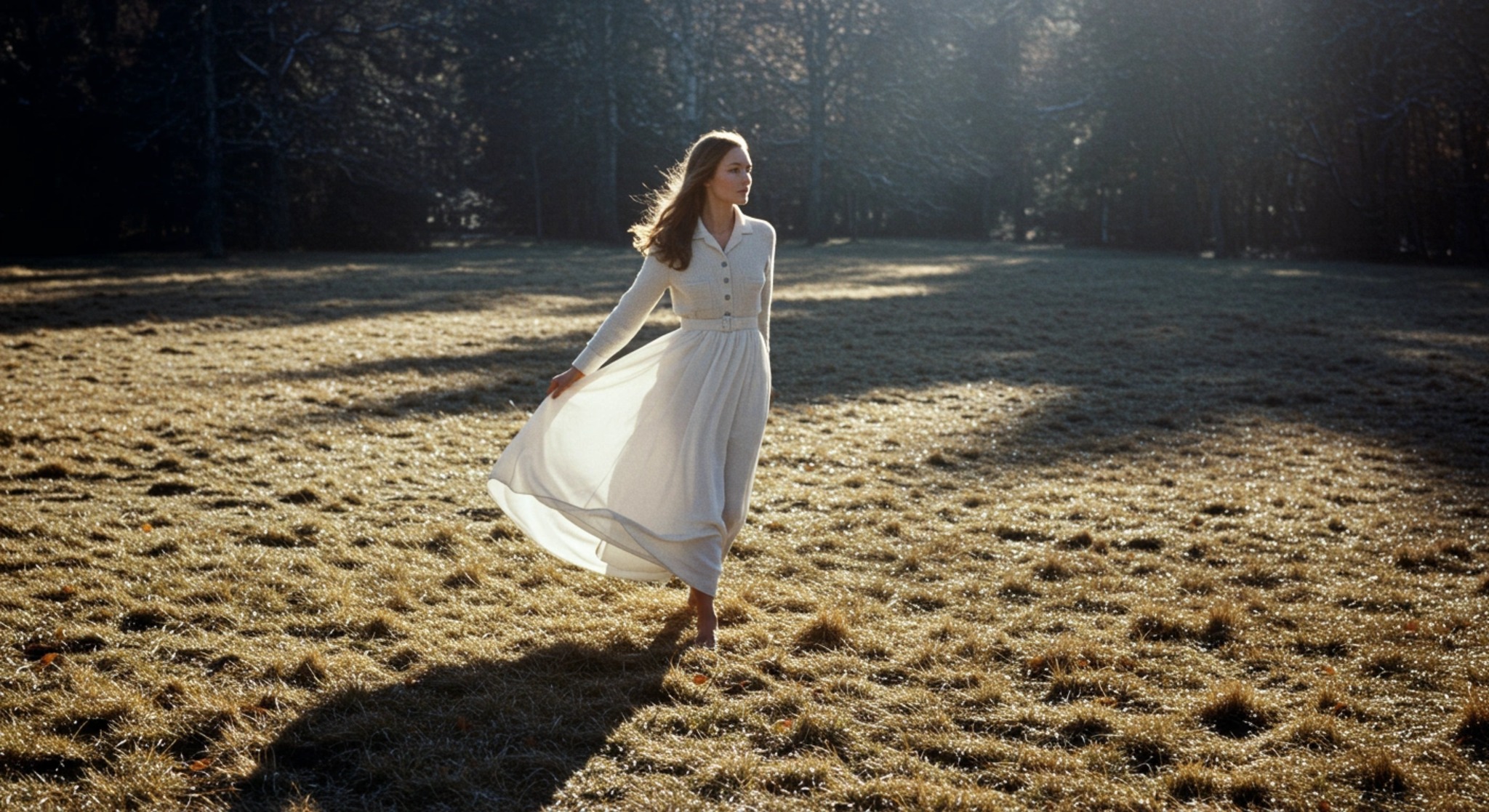
The Creative Process
"It's sort of like being a wizard," says artist Phillip Toledano. "You start with an idea, then create a spell to conjure that idea into reality. The words count. The order of the words count. Everything matters."
Prompt engineers (yes, that's becoming an actual job) craft detailed instructions for AI systems like DALL·E, Midjourney, or Stable Diffusion. They specify everything from artistic style to lighting, composition, color tone, even referencing specific artists for inspiration. It's a back-and-forth dance – tweaking words, adding details, refining until the AI produces something that matches what's in their head.
Platforms like CGFaces are emerging to support this new creative process, offering not just high-quality AI-generated images of people, but also sharing the exact prompts used to create them. This transparency allows creators to learn from each other, experiment with variations, and understand the craft of promptography more deeply.
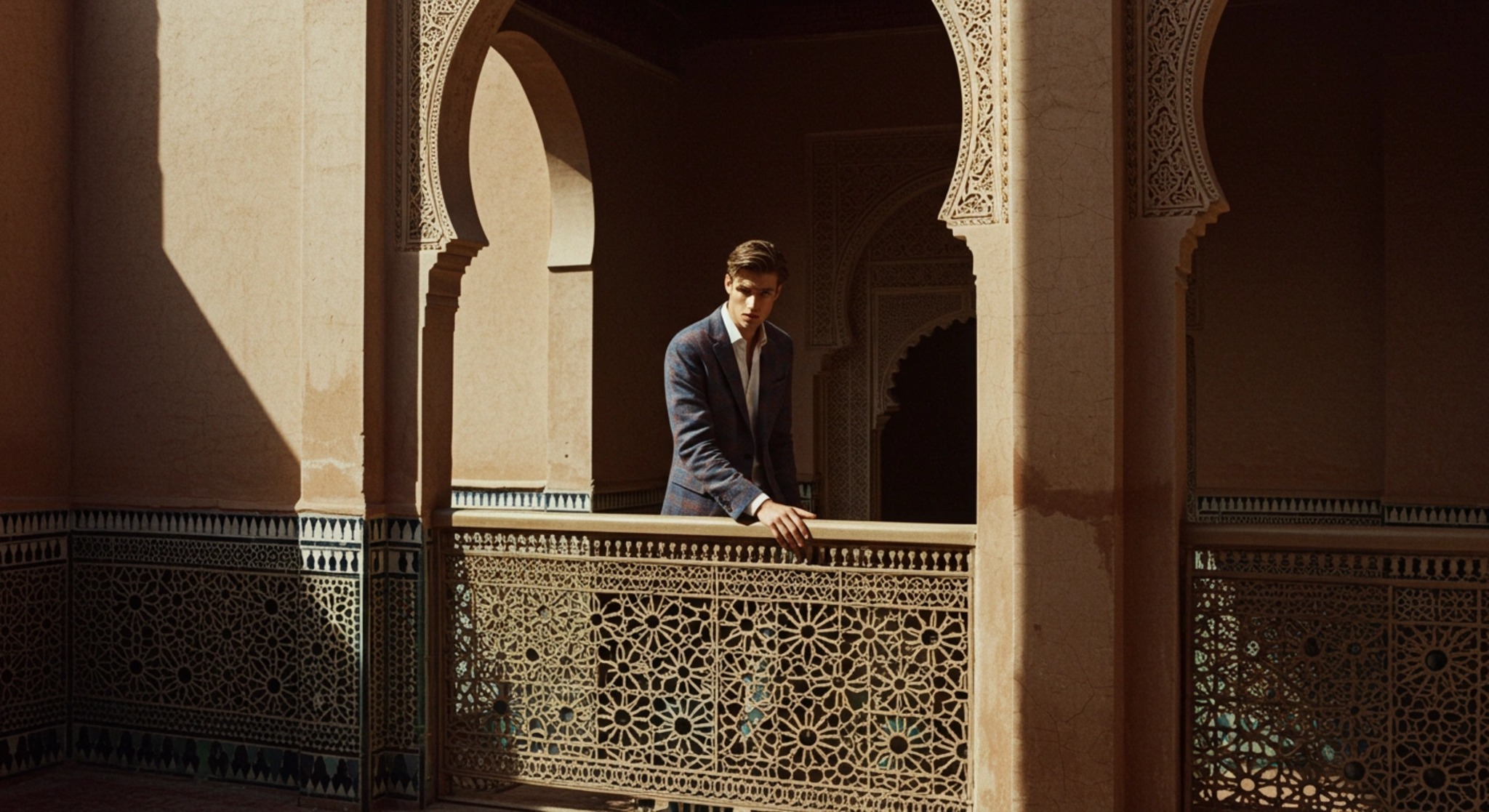
What makes this so different is that the prompt itself becomes the primary tool – replacing the camera or paintbrush entirely. It's a human-AI partnership where you provide the vision and judgment, while the AI delivers the raw creative power.
Transforming Marketing and Content Creation
Businesses have jumped on this faster than you might think. As one tech commentator bluntly put it: "anyone with a decent internet connection can generate images via a simple text prompt. Goodbye photography. Hello, promptography."
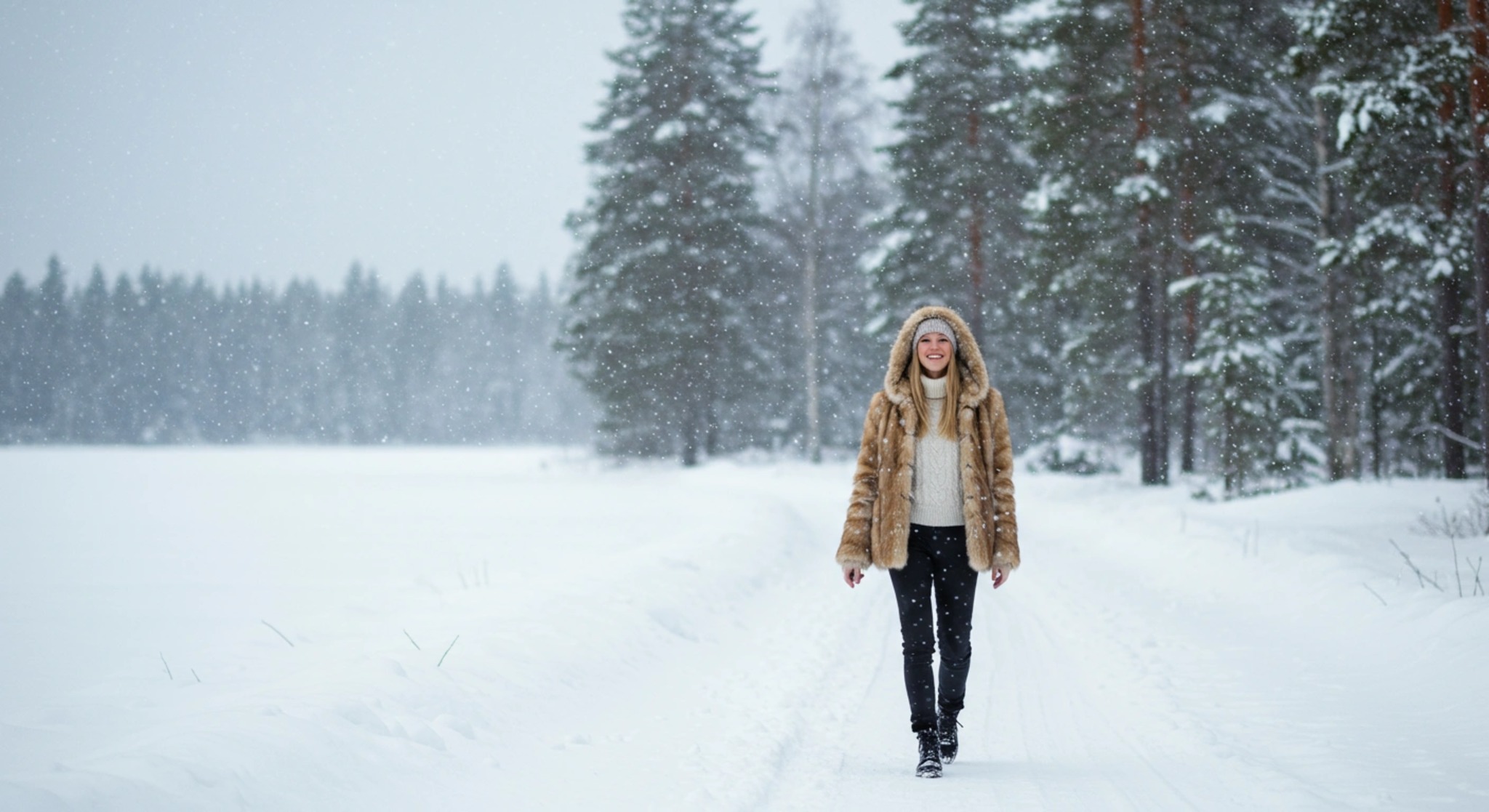
Marketing teams are now creating custom visuals on demand – product photos, website banners, ad illustrations – without booking expensive photoshoots. A Dutch agency recently produced an entire healthcare campaign using 100% virtual imagery, with no photographers, studios, or models needed.

Fashion brands are experimenting with AI-generated models wearing their latest designs. This approach cuts costs dramatically and has created new roles like "prompt designers" – specialists who know exactly how to get on-brand results from these AI systems.
The Photography World Reacts
Traditional photographers are, understandably, having mixed feelings about all this. Many worry that AI-generated images could be mistaken for real photos, blurring the already thin line between reality and fiction. When Eldagsen's AI image fooled expert judges at a prestigious competition, it showed just how far the technology has come.
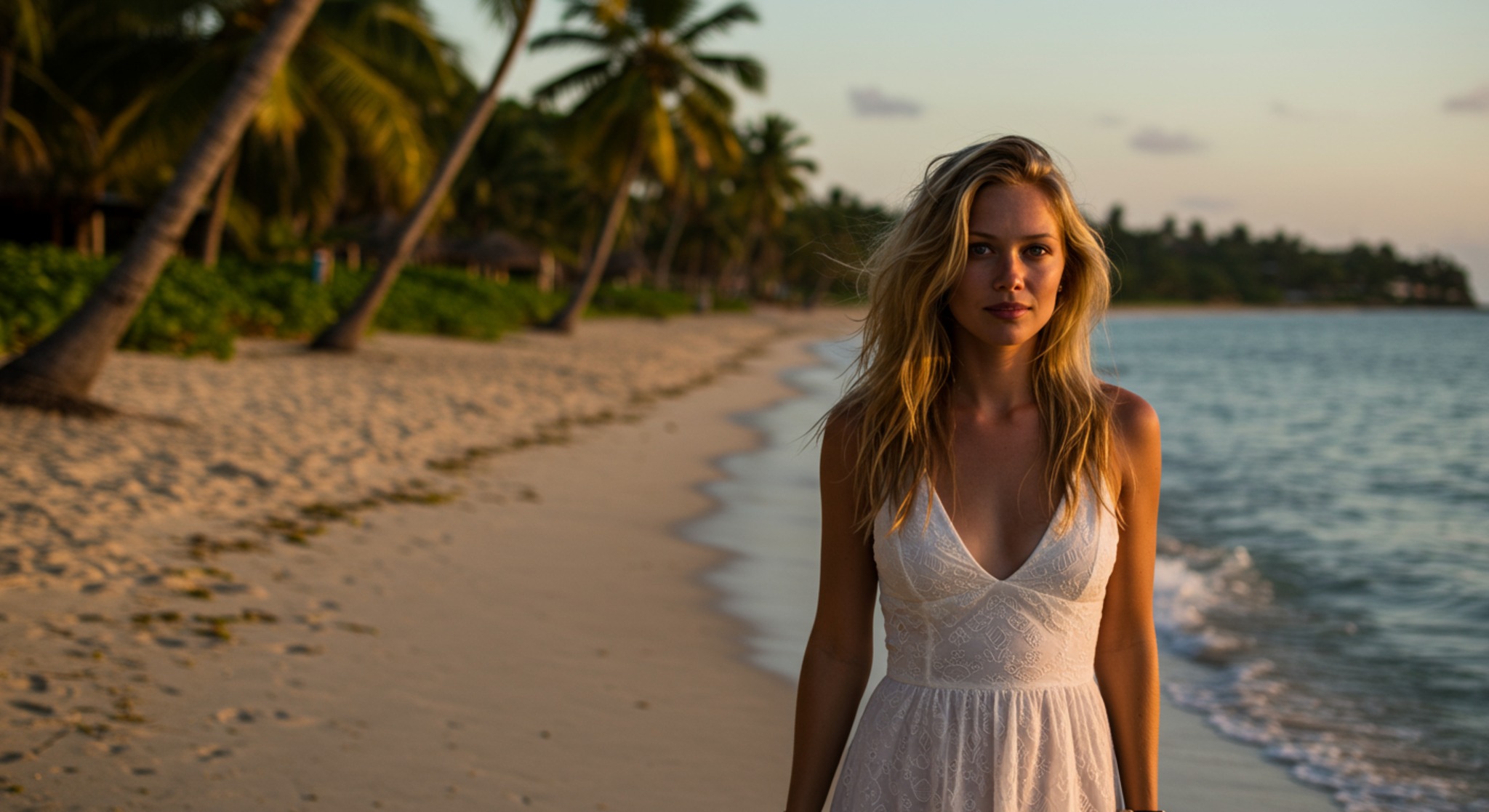
Some photographers have reacted with outright hostility. When Toledano shared AI-generated work on a photography platform, he was hit with angry comments accusing him of betraying the craft. This backlash reveals how protective many feel about "real" photography – the skillful use of a camera and actual lighting – which they feel is being cheapened by AI imitations.
Yet others are cautiously embracing AI as just another tool in their creative toolkit. Eldagsen himself encourages photographers to experiment rather than fear it, seeing AI as a "knowledge amplifier" that can leverage a photographer's experience and imagination.
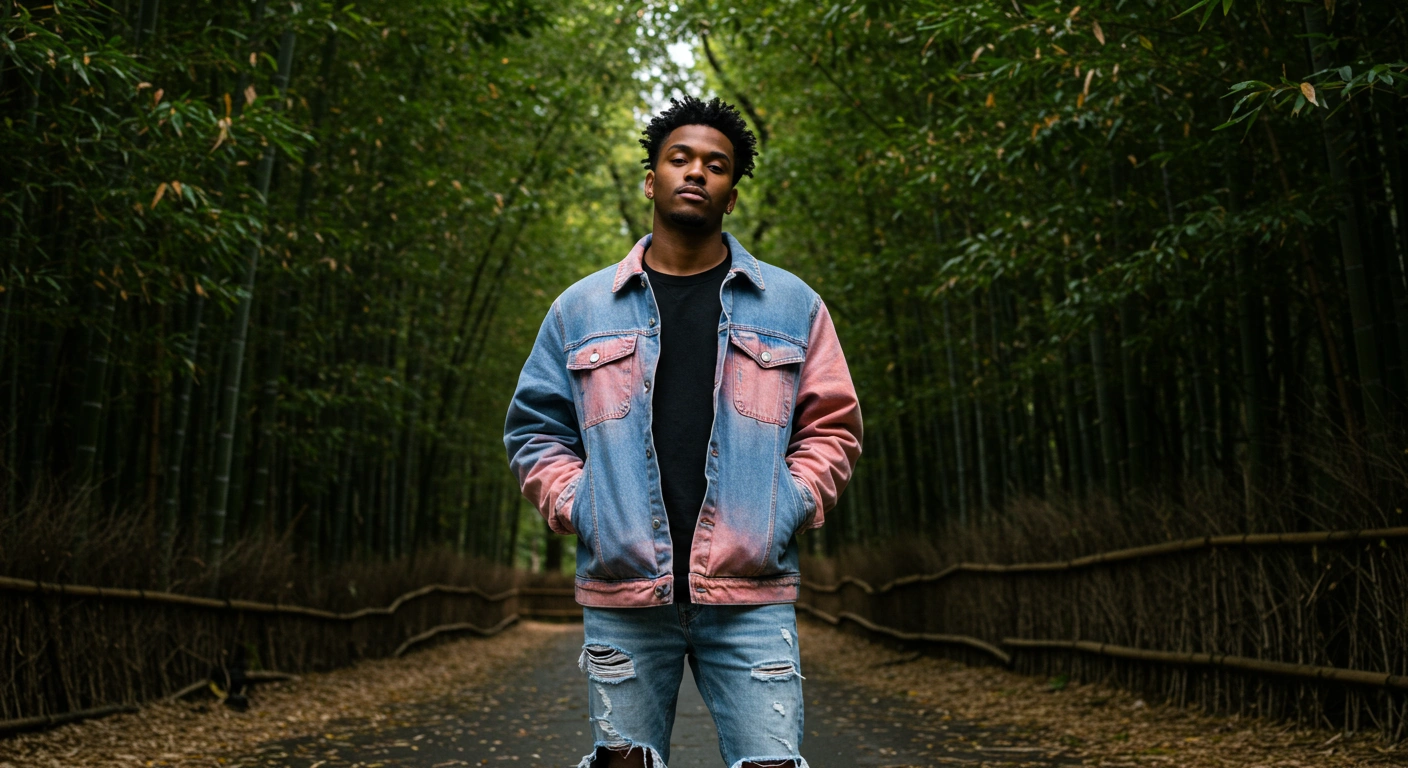
What Lies Ahead
As these AI image generators get even better (and they're improving at a frightening pace), promptography will likely become even more dominant in creative industries. Soon, AI-generated images will be virtually indistinguishable from professional photographs – some would argue we're already there.
New platforms are redefining stock imagery as well. Unlike traditional stock photo sites, services like CGFaces offer not just the AI-generated images themselves, but also the prompts that created them. This allows creators to generate variations or similar images using the same prompts, creating a new type of collaborative creative ecosystem where techniques can be shared and refined.

We're heading toward hybrid workflows where photographers might generate scenes via AI, then incorporate real models, or where illustrators sketch characters and use AI to create intricate backgrounds. "Co-creation" will define much of future art production.

New jobs centered on promptography are popping up everywhere. Just as the last decade saw the rise of social media managers, we'll soon see AI art directors and prompt specialists in design departments – professionals who bridge creative vision with AI execution.
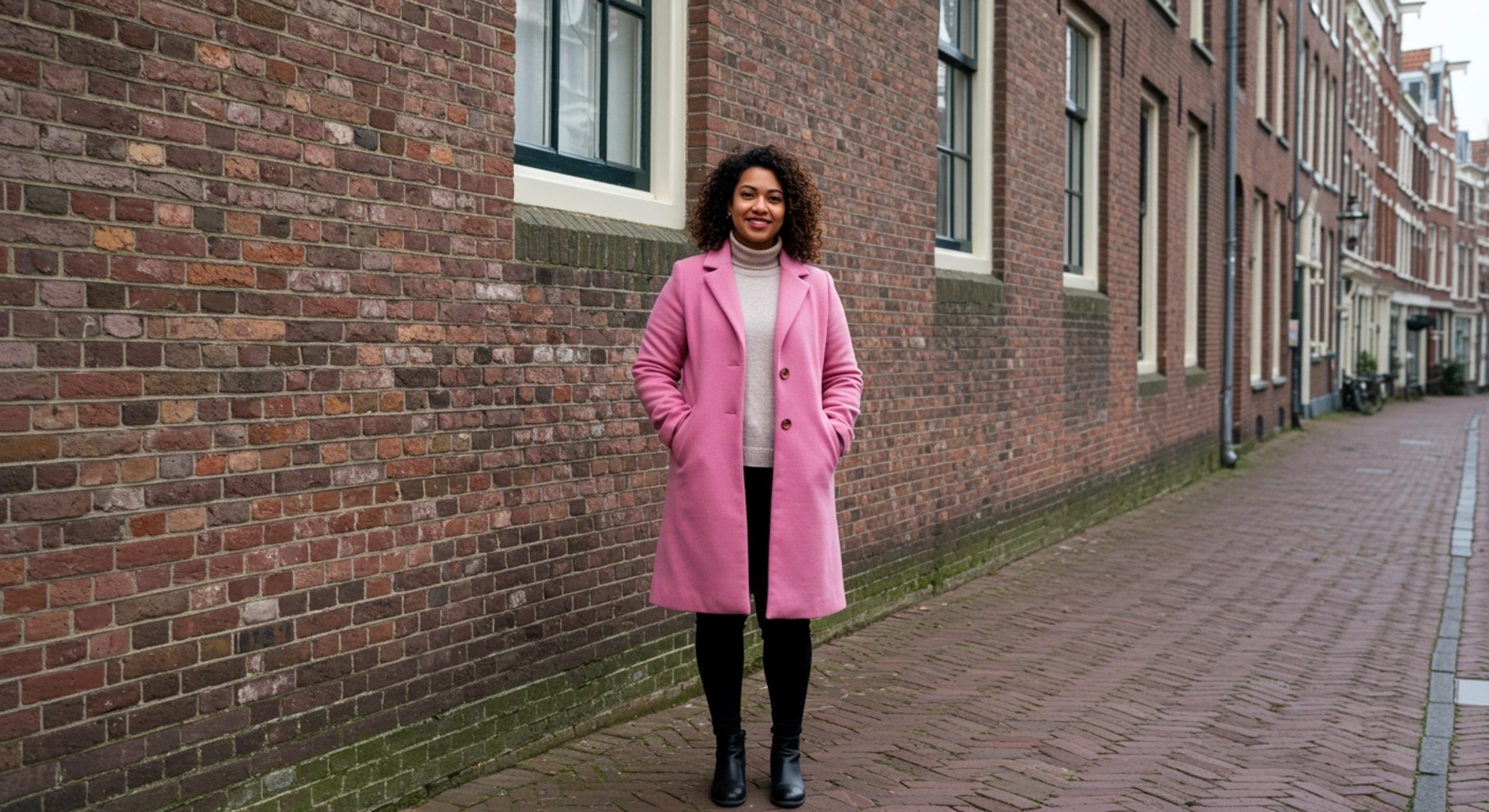
The technology is also expanding beyond still images. Researchers are developing text-to-video generation, which could allow creators to "prompt" entire video scenes or animations. The possibilities are mind-boggling – from game designers generating immersive environments to artists visualizing surreal concepts without needing years of technical training.
A New Visual Language
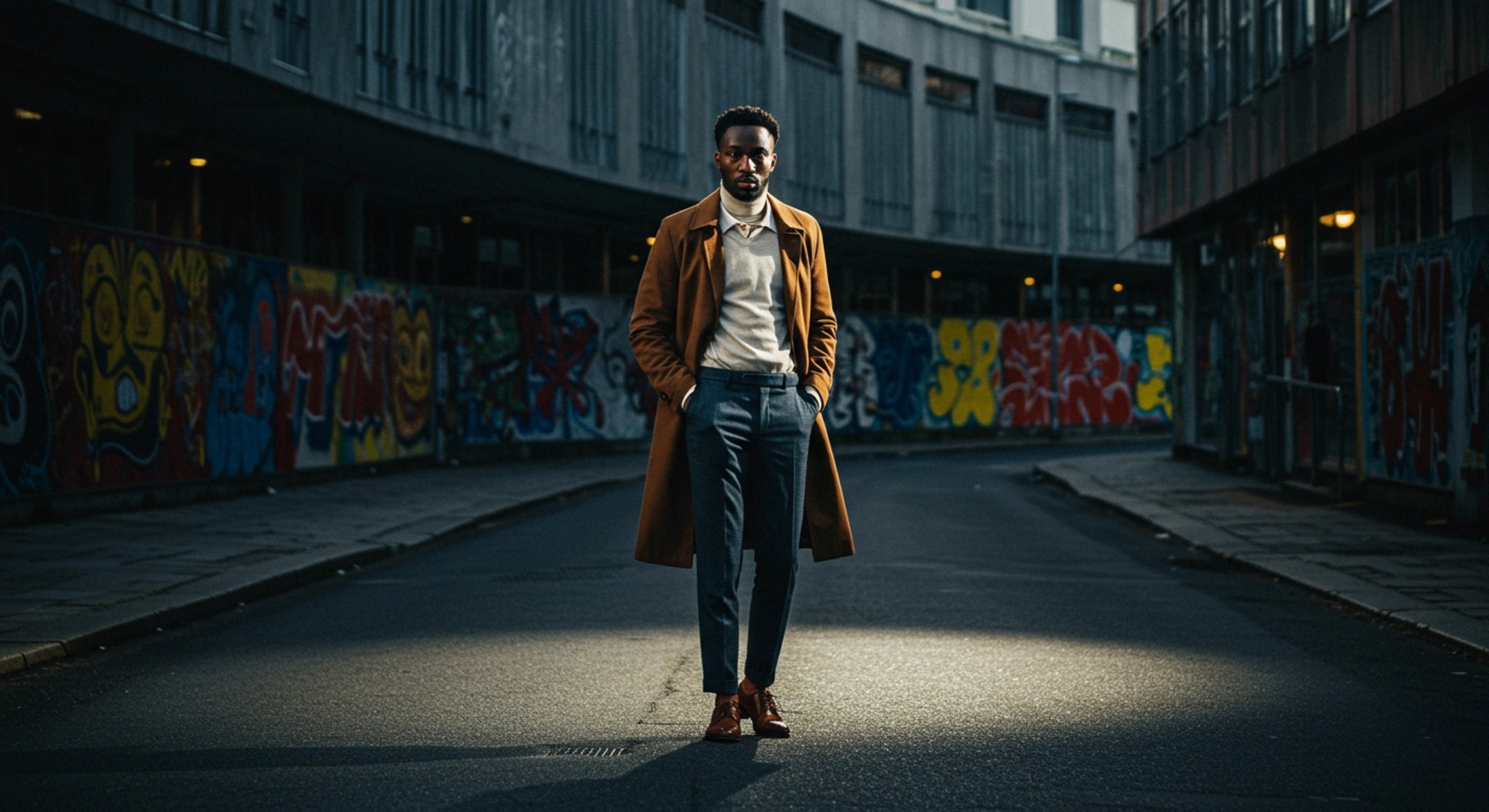
Promptography isn't just a tech shift – it's changing how we think about visual creation itself. The debate feels familiar: "When photography first took off in the 1840s and 50s, people said it can never be art because the machine is making the image. Now, here we are again," notes Toledano.
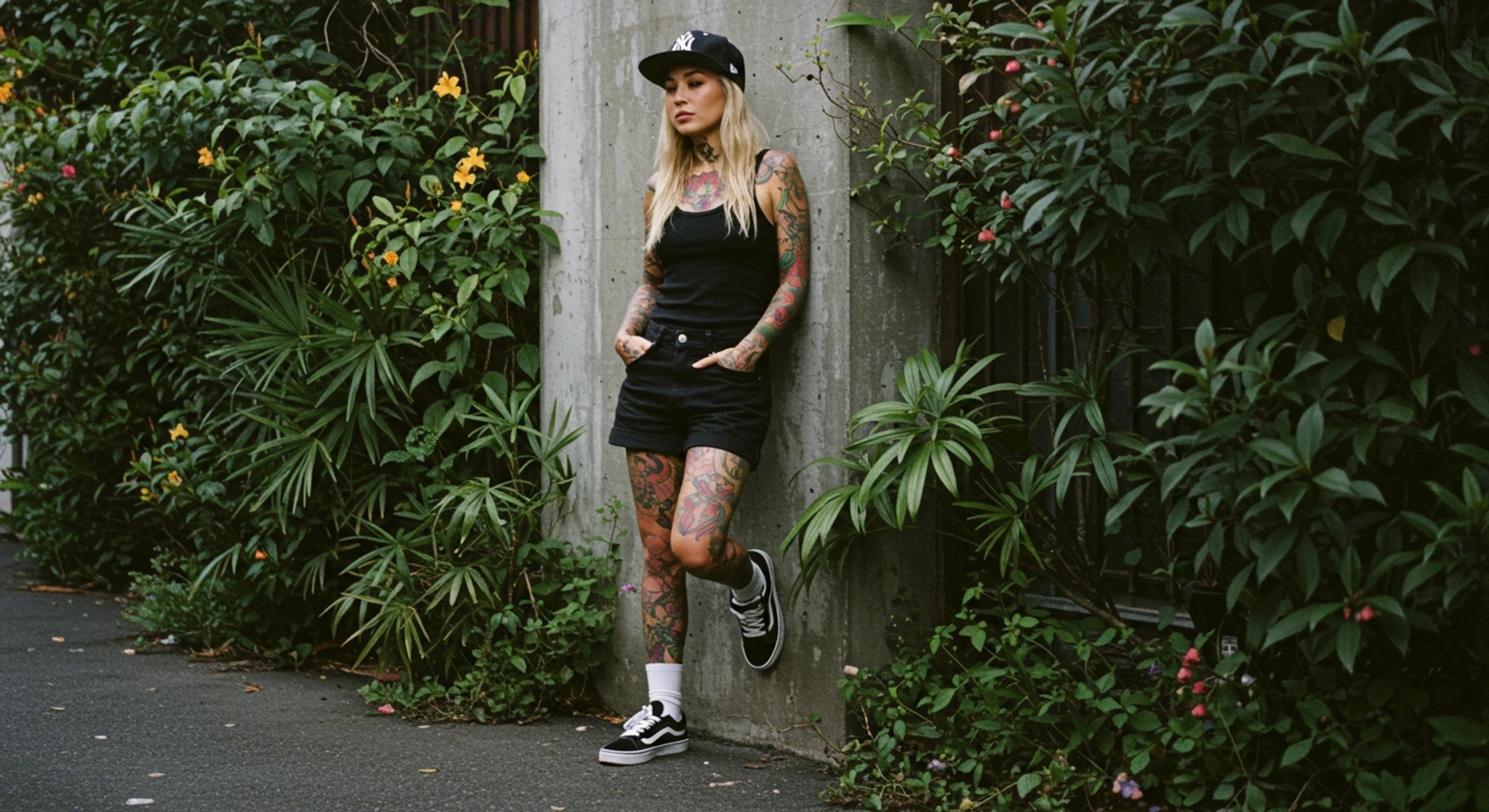
As with digital photography before it, AI-generated imagery will likely gain broader acceptance over time. The challenge for creators is finding ways to infuse their unique vision into a medium where the technical barriers have dramatically fallen.
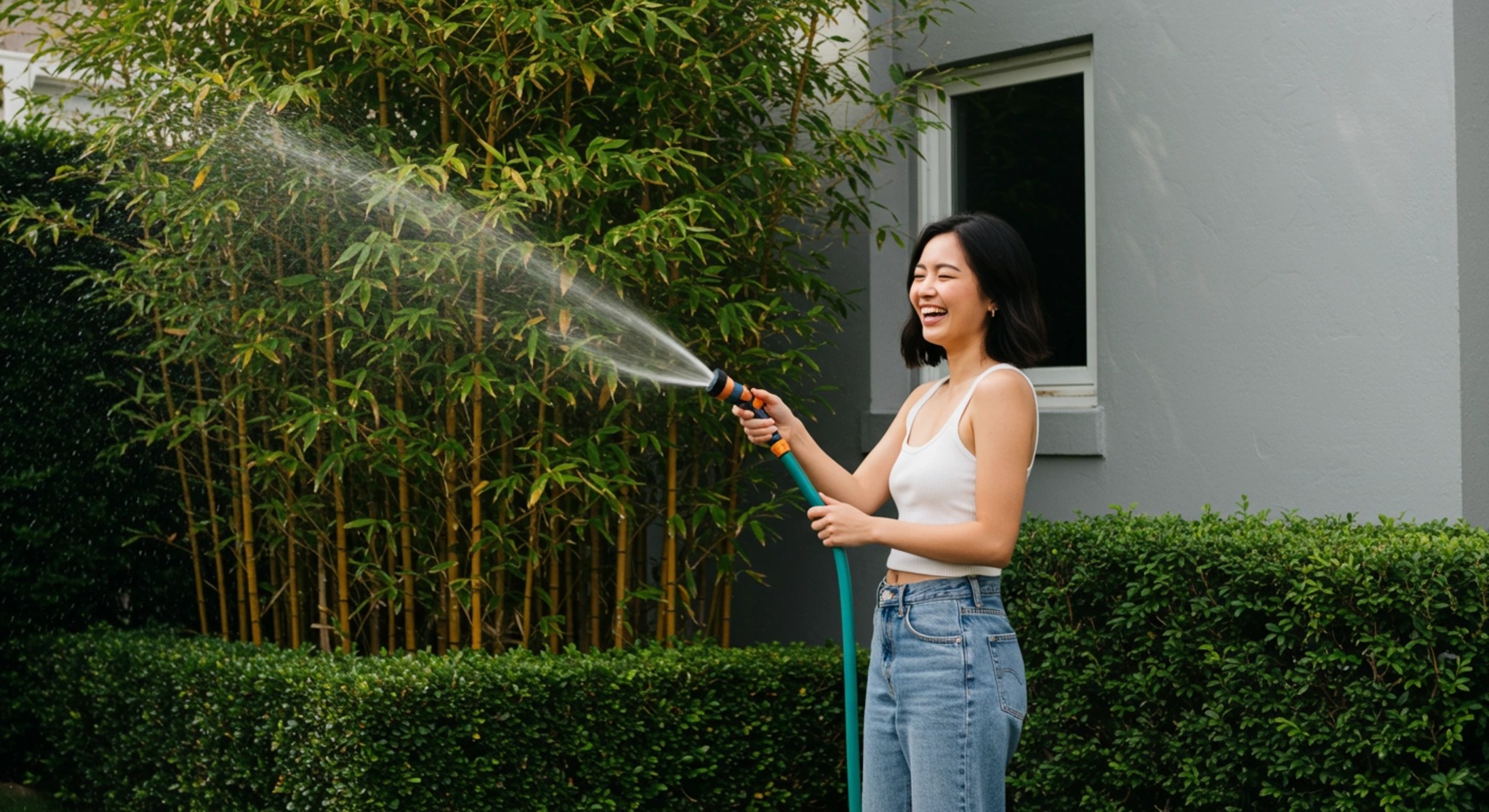
Promptography is here to stay, forcing us to rethink what we mean by artistry, authenticity, and visual communication in the digital age. The question isn't whether it will transform creative industries, but how we'll adapt to make the most of its potential.
